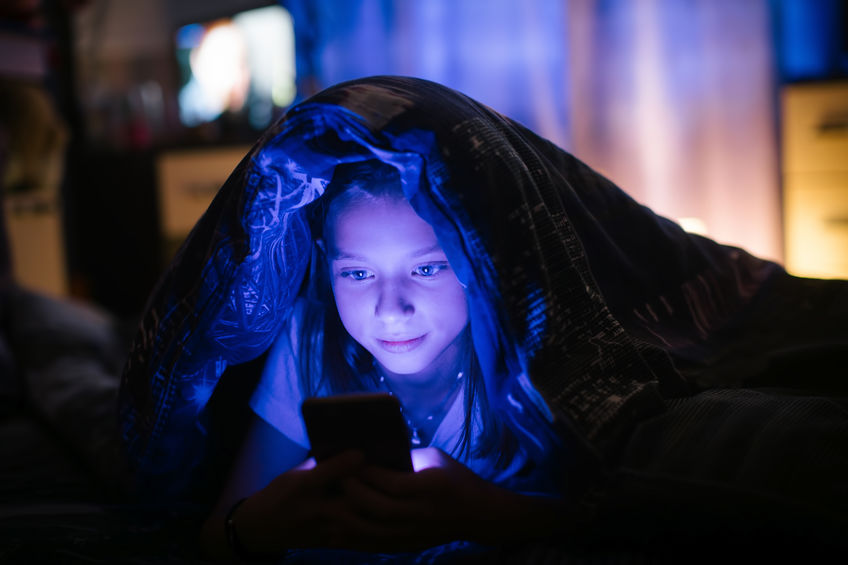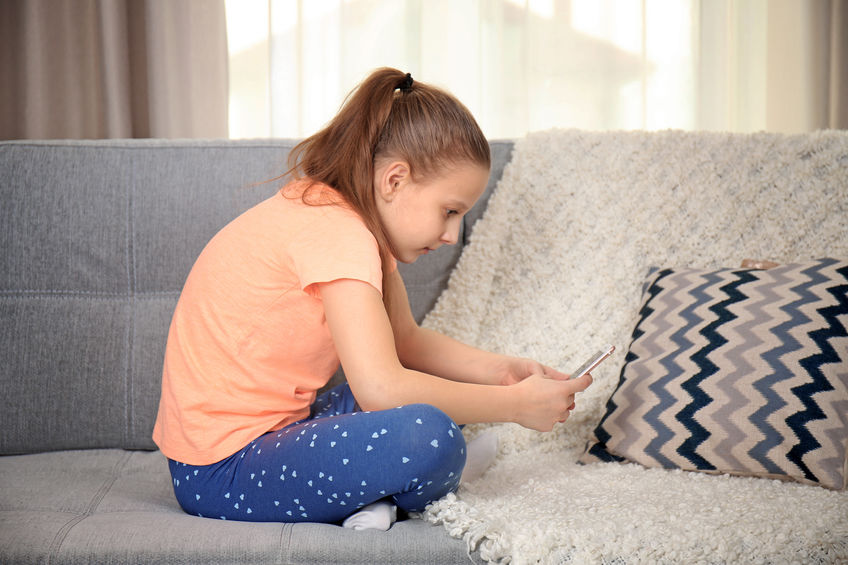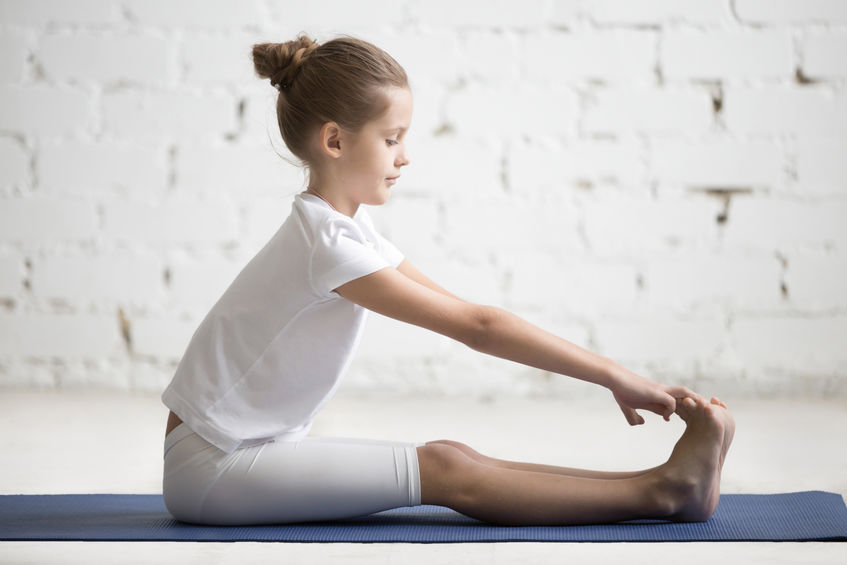For the average person falling asleep should typically take between 10 to 20 minutes. However, patients with scoliosis will twist and turn until they can manage to find a comfortable position. Often, they fall asleep from mere exhaustion, and they don’t get the proper sleep like the average person. This is especially challenging when you’re dealing with children and adolescents with scoliosis, that need their sleep to grow properly. Kids not getting enough sleep may result in them facing academic problems, behavioral problems, higher levels of anxiety, and mood related problems. If we can only get boys and girls with scoliosis to sleep a bit better, it may prove to be a real game changer in their daily lives. In this article, we will discuss some ideas to help patients with scoliosis sleep better.

Why do people with scoliosis have a hard time sleeping?
Most human beings will spend 10 to 20 minutes to find the optimal position until they can finally fall asleep. Throughout the rest of the night, they may twist and turn, but in general they are getting a good night’s rest. Some will sleep on their side while others may sleep on their back. Each will go about to find the most comfortable position to rest their bones and muscles for the next day. Patients with scoliosis tend to have a hard time falling asleep due to their abnormal curve of the spine. The spine functions as a support for the body’s structural makeup, and if the spinal curvature is greater than 50 degrees, it can greatly impact their sleeping habits. Proper positioning is key to getting into a deep slumber. Frequently, these individuals simply cannot get into a position which they are comfortable with, making it highly challenging to fall asleep.
Poor sleeping positions won’t make your condition worse, but it may make your scoliosis symptoms worse. This may include uneven shoulders and/or hips, bump in the lower back, numbness, weakness, or pain in the legs, trouble walking, trouble standing up straight, tired feeling, shortness of breath, and loss of height. As scoliosis symptoms in children worsen so will their quality of life. The objective of every scoliosis parent is to relieve the symptoms and allow the child to live as normal of a life as possible. The right sleeping position can greatly impact painful flare ups for scoliosis patients.
Melatonin deficiencies in those with scoliosis
In a medical journal published in December 2007, titled “Melatonin the “light of night” in human biology and adolescent idiopathic scoliosis”, it talks about melatonin deficiencies in patients with adolescent idiopathic scoliosis (AIS). The human body naturally produces the hormone melatonin, in the pineal gland located behind the third cerebral ventricle in the brain midline. When the body is getting ready to retire for the night, the pineal gland will give off the perfect amount of melatonin, making it easier for us to fall asleep. Though there are no definitive results of melatonin deficiencies in humans with scoliosis, there is proof to this in a study done with pinealectomized chickens. Dr. Masafumi Machida, found that the chickens developed scoliosis when there was a decrease in melatonin production. In a study done with 10 adolescents, 5 with progressive curves and 5 with a normal spinal curvature, the melatonin deficiency seemed to be the same, not proving the hypothesis correct, that patients with AIS have melatonin deficiencies.
Should I give a melatonin supplement to my child with scoliosis before bed?
Let’s assume the study is correct, that adolescent idiopathic scoliosis causes melatonin deficiencies, the perfect solution would be to increase their melatonin levels via a supplement. However, giving your child melatonin can impact your child’s hormone levels and lead to negative side effects as they get older. According to the Mayo Clinic, melatonin is safe for short-term use only. As per a child with scoliosis symptoms, you don’t want it to become a regular supplement for them. In addition, though melatonin supplements may possibly be safe for short-term use, it is still not approved for use in children by the FDA.
Creating a cozy environment for sleeping
There are some things which you can do with absolutely no side effects to make it easier for your child to fall asleep. Parents can work on making the child’s room the most peaceful environment possible. You don’t have to break the bank by redecorating. We are talking about simple things like a themed bedding set with your child’s favorite colors or a sound machine with soothing ocean waves. Even older children tend to get very attached to blankets and these are proven to be very therapeutic. Whatever calms a child with scoliosis down, can make the sleeping environment a bit more peaceful.
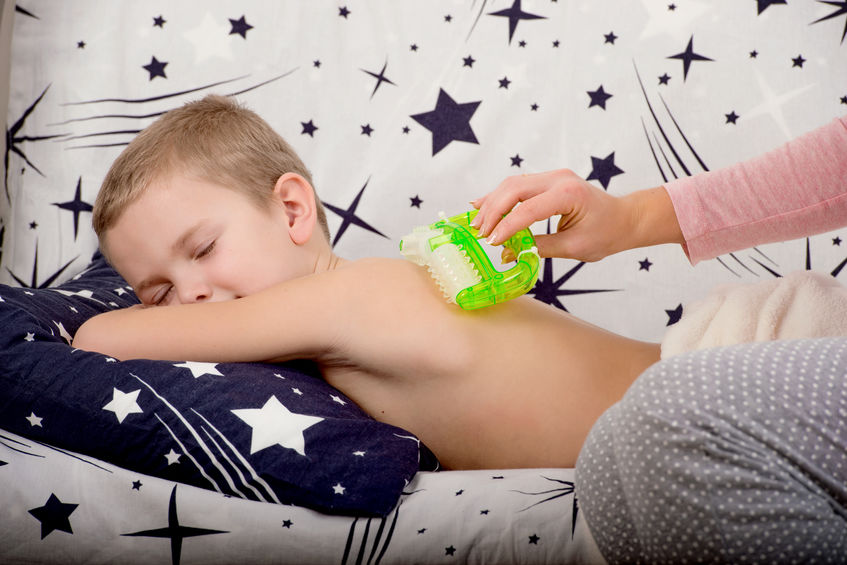
Back to sleep will give you the proper support for scoliosis
Did you ever hear of the campaign introduced in 1994 called “Back to Sleep”? It was a campaign introduced to get babies to start sleeping on their backs and not their stomachs. The National Institute of Child Health and Human Development (NICHD) said that putting a baby “Back to Sleep” would reduce the risk for SIDS. As per scoliosis patients, sleeping on their stomachs is not dangerous but it will worsen scoliosis symptoms. Sleeping on your stomach is very bad. It causes the middle and lower sections of the spine to contract which can twist your neck and cause tremendous amounts of pain and discomfort. Therefore, it’s recommended for all children with scoliosis to train them to go “Back to Sleep”. The curved spine will get the much-needed support it needs during the night’s rest.
Sleeping on your side with scoliosis
Though it’s not as bad as sleeping on your stomach, sleeping on your side can cause discomfort to your neck, shoulders, and pelvis. It’s difficult for people, especially children to change their sleeping habits, and parents need to encourage spine supportive sleeping. It’s challenging to live with scoliosis but the last thing you want is to make the symptoms worse by sleeping 8+ hours in a position which can cause painful flare ups during the day. It’s for this reason that scoliosis specialists recommend sleeping on your back.
Try and train yourself to sleeping on your back
Work on changing your sleeping position by using some tricks and perhaps even getting a bit creative. Supporting your body with pillows on all sides might do the trick. This will give you the sensation of having side support as if you were sleeping on your side. There are a variety of different shape pillows like “J” and “C”. Patients with scoliosis need to find a pillow which gives the curved area on the spine extra support to relieve any extra added pressure. Lumber rolls can help support your spine in its natural position. This will provide additional curvature in the neck which is very much needed for scoliosis patients.
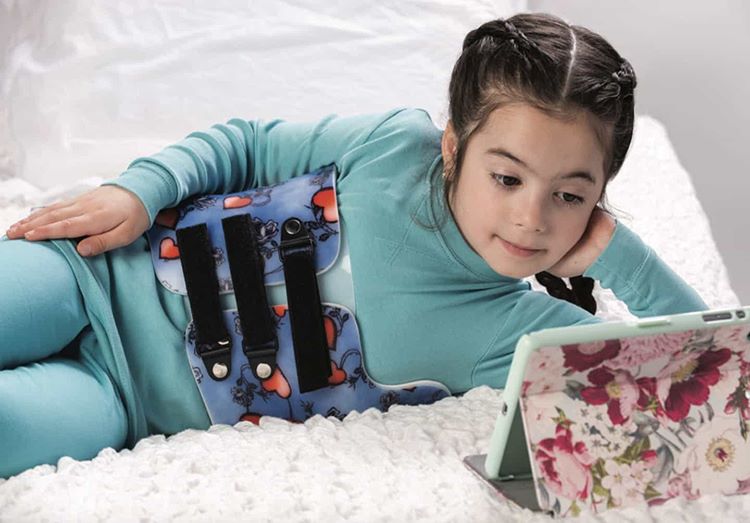
Sleeping with a scoliosis brace
Scoliosis therapists will typically want patients to wear a brace for 21 hours in a day. That means those who wear the Rigo-Chêneau Brace will have to sleep with it. What’s good about this brace is that boys and girls who wear it will get used to it after a week or so. Each scoliosis brace is custom fit and is designed to provide optimal comfort throughout the day and night. Some adolescents will fight their parents about wearing the WCR brace to sleep but parents must convince them at all cost to wear it according to the scoliosis therapist guidelines.
Choosing a mattress for scoliosis
Selecting the right type of mattress for patients with scoliosis is key to how they will sleep. There are about a thousand different mattresses on the market each claiming to be the best for scoliosis. It’s important that the mattress supports the spine. Memory foam is not recommended, as it allows the body to sink in which contracts the spine, not allowing it to get the proper support it needs. Whatever mattress you choose it must provide support to the area of the spine which needs it most. Depending on where the scoliosis exists will determine where the mattress support is needed most. Patients with scoliosis at the lumbar region will need proper mattress support in the lower area of the back. Patients with scoliosis at the thoracic region will need proper mattress support in the upper area of the back. For those with scoliosis, a firm mattress is typically better than a soft one.
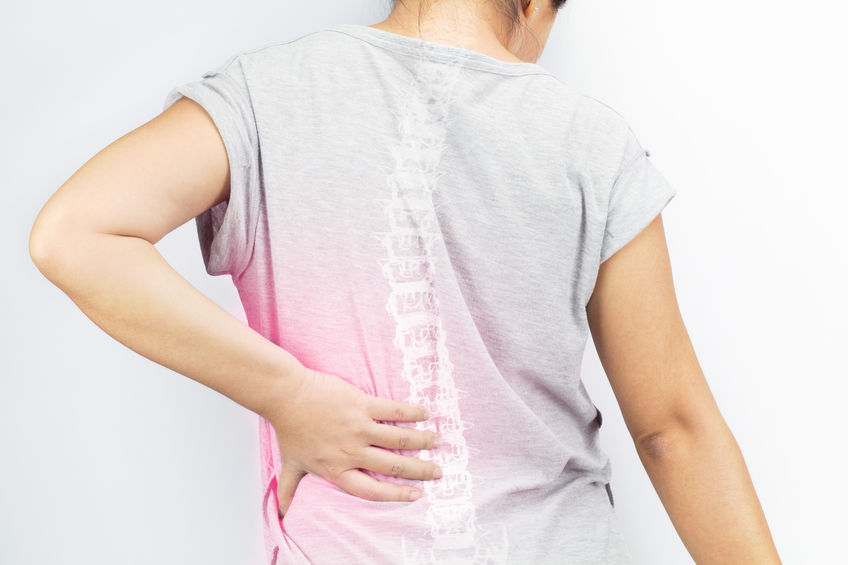
Final Words
Sleeping can be very difficult for patients with scoliosis and parents need to try to improve the sleep conditions as much as possible. Whether it’s a specific pillow or mattress, it might just make the difference in getting a good night’s rest. Always provide support to the area of the spine where the scoliosis exists. It’s painful and we need to be understanding of our children with scoliosis. It may interfere with their looks and sleeping habits, but we have to be thankful that it can be fixed. Stay strong and sleep well.


